“Urea 500gm” has been added to your cart. View cart
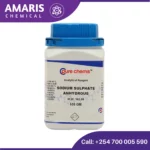
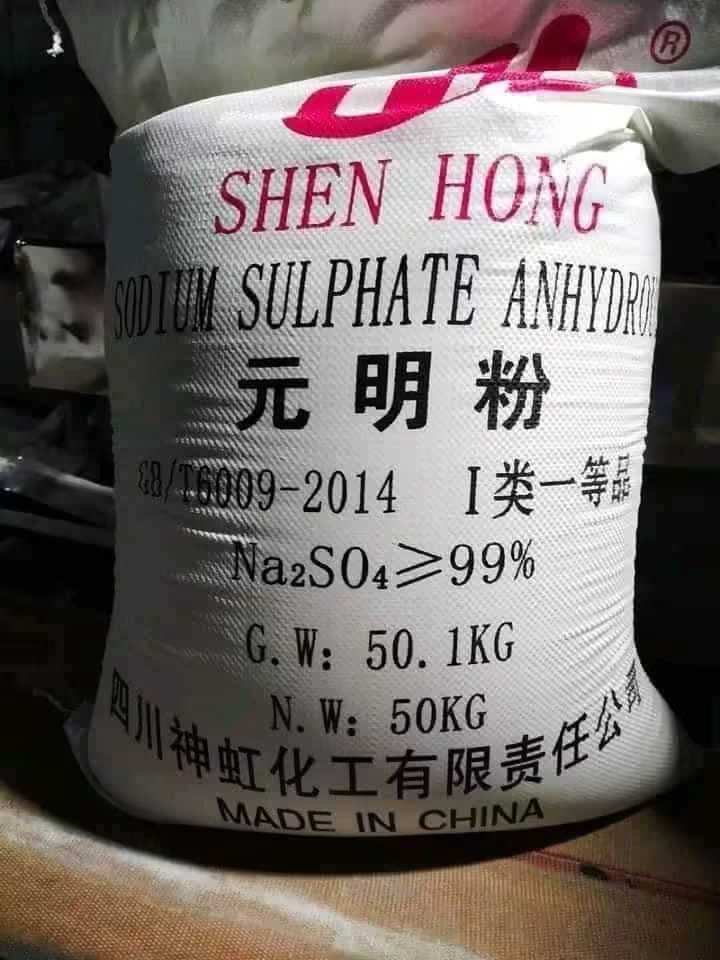
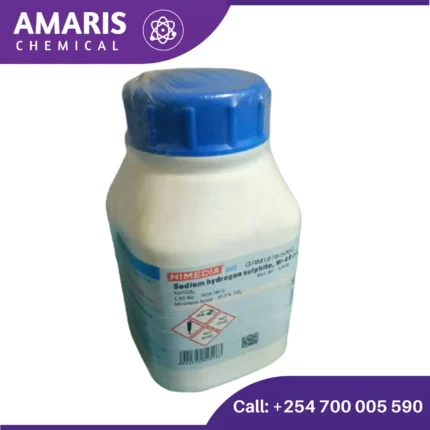
Sodium Hydrogen Sulphite 500gm
KSh2,500.00 Original price was: KSh2,500.00.KSh2,300.00Current price is: KSh2,300.00.
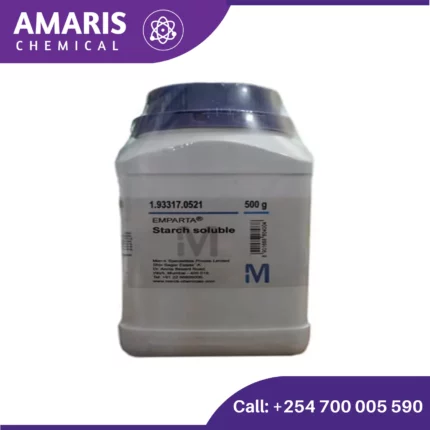
Soluble Starch Powder 500gm
KSh2,500.00 Original price was: KSh2,500.00.KSh2,300.00Current price is: KSh2,300.00.
Sodium Sulphate Anhydrous 500g
KSh2,500.00 Original price was: KSh2,500.00.KSh2,300.00Current price is: KSh2,300.00.
Sodium sulfate anhydrous, also known as anhydrous sodium sulfate or disodium sulfate, is a chemical compound with the formula Na2SO4. It is a white, crystalline powder that is soluble in water.
Here are some key properties of sodium sulfate anhydrous:
- Chemical formula: Na2SO4
- Appearance: White, crystalline powder
- Odor: Odorless
- Solubility: Soluble in water, insoluble in most organic solvents
- Melting point: 884 °C (1623 °F)
- Boiling point: 1400 °C (2552 °F)
- Hygroscopic: Yes (absorbs moisture from the air)
SKU:
ACS17764CHEM0
Categories: Analytical Reagents, Builders, Excipients, Finishing Agents, Wastewater Treatment Chemicals
Description
Uses of Sodium Sulphate Anhydrous
- Drying Agent: This is perhaps the most widespread laboratory application of sodium sulfate anhydrous. It efficiently removes water from organic solvents. Organic solvents are often used in reactions and experiments, but even small traces of water can interfere with the reaction or affect the results. Sodium sulfate anhydrous is a preferred drying agent because it is:
- Chemically inert: It does not react with most other chemicals, minimizing the risk of unwanted side reactions in the experiment.
- Efficient: It has a high affinity for water and can effectively remove moisture from solvents.
- Desiccating Agent: In laboratory setups where moisture control is crucial, anhydrous sodium sulfate is used as a desiccant to absorb moisture from the air. This helps maintain a dry environment and prevent moisture-sensitive chemicals or experiments from being compromised. For instance, desiccators, which are containers used to store moisture-sensitive chemicals or dry samples, often contain sodium sulfate anhydrous at the bottom to absorb any moisture that might enter.
- Karl Fischer Titration: This is an analytical technique used to determine the water content in a sample. Sodium sulfate anhydrous is employed as a desiccant during this process to ensure the complete removal of water from the reaction vessel before the titration begins.
Reviews (0)
Be the first to review “Sodium Sulphate Anhydrous 500g” Cancel reply
Shipping & Delivery
Related products
Basic Laundry Detergent
Rated 4.86 out of 5
Magnesium Carbonate
Multipurpose detergent Soap
KSh2,500.00
Rated 5.00 out of 5
Sodium Chloride 500gm
Analytical Reagents, Builders, Coagulants and Flocculants, Excipients, Flavor Enhancers, PH Adjusters, Preservatives
Sodium chloride, also commonly known as table salt or halite, is a chemical compound with the formula NaCl. It is an ionic compound formed from sodium (Na+) and chloride (Cl-) ions. Sodium chloride is essential for many biological processes and has numerous applications in various fields.
Here's a breakdown of key aspects of sodium chloride:
Properties:
- Appearance: White crystalline solid at room temperature
- Odor: Odorless
- Solubility: Highly soluble in water
- Melting point: 801 °C (1474 °F)
- Boiling point: 1465 °C (2669 °F)
Sodium silicate 20litres
Sodium silicate, commonly known as water glass or liquid glass, is a compound containing sodium oxide (Na₂O) and silica (SiO₂). It is typically represented by the formula Na2SiO3text{Na}_2text{SiO}_3Na2SiO3, but it can vary, forming a range of compositions depending on the ratio of sodium oxide to silica.
Properties
- Physical State: It is usually found in a glassy, crystalline solid form or as a thick, syrupy liquid.
- Appearance: Colorless to light brown.
- Solubility: Highly soluble in water, forming a viscous solution.
- pH: Alkaline, typically around 11-12.
Production
Sodium silicate is produced by fusing sodium carbonate (soda ash) and silica sand at high temperatures. The general reaction is: Na2CO3+SiO2→Na2SiO3+CO2text{Na}_2text{CO}_3 + text{SiO}_2 rightarrow text{Na}_2text{SiO}_3 + text{CO}_2Na2CO3+SiO2→Na2SiO3+CO2Sodium sulphate 25kg
Tetrasodium EDTA 25kg
Tetra sodium EDTA, also known as ethylenediaminetetraacetic acid tetrasodium salt, is a chemical compound commonly used in various industrial and commercial applications. It is a chelating agent, meaning it has the ability to bind and capture metal ions, thus preventing them from reacting with other substances or causing unwanted effects.
A concise definition of tetra sodium EDTA would be:
"Tetra sodium EDTA is a water-soluble salt derived from ethylenediaminetetraacetic acid, used as a chelating agent to bind and sequester metal ions, serving purposes such as metal complexation, stabilization, and preventing undesired chemical reactions."
Urea 500gm
Urea is an organic compound with the chemical formula CO(NH₂)₂. It is a colorless, odorless solid, highly soluble in water, and practically non-toxic. Here are some key points about urea:
Chemical Properties:
- Formula: CO(NH₂)₂
- Molecular Weight: 60.06 g/mol
- Structure: Urea consists of two amine groups (-NH₂) attached to a carbonyl group (C=O).

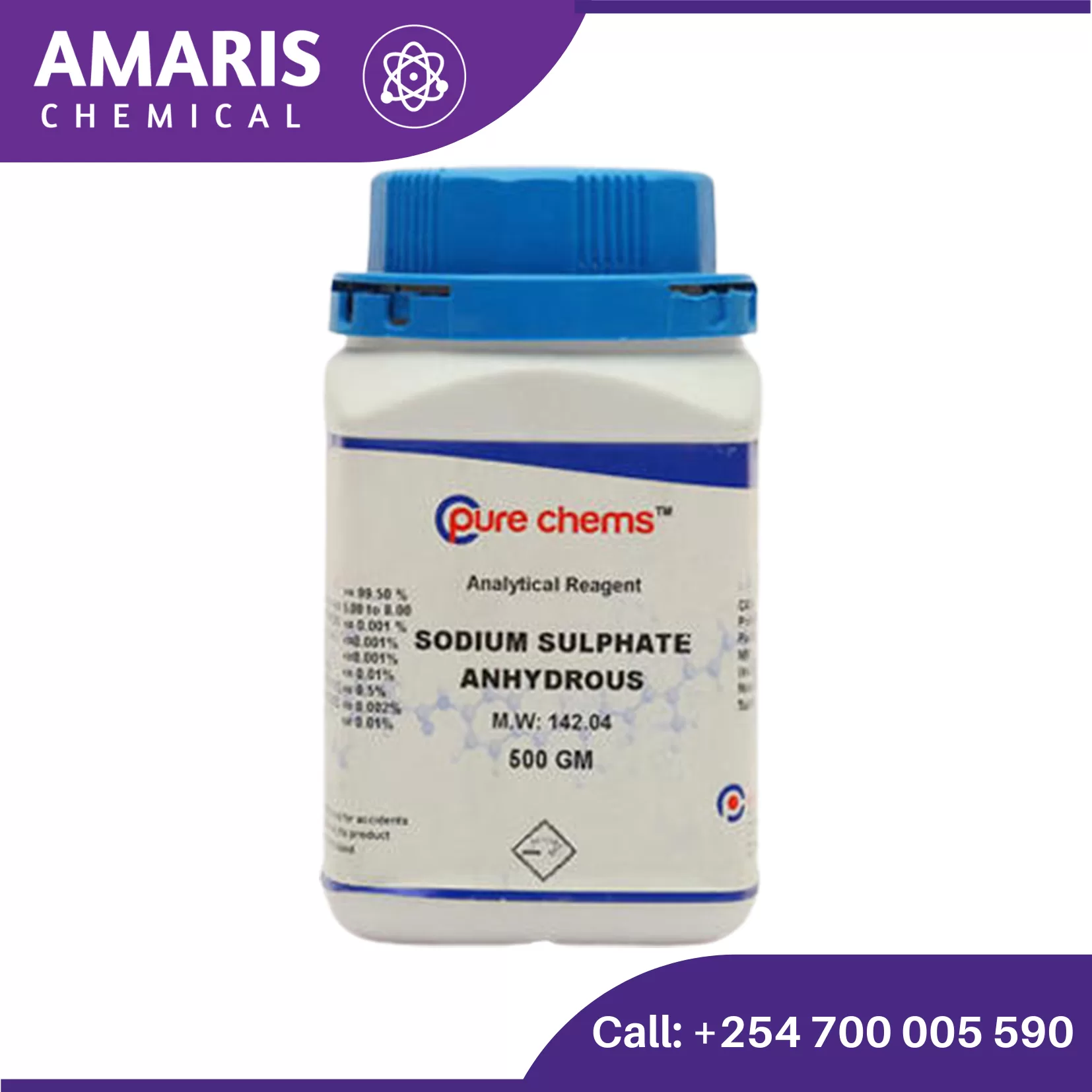

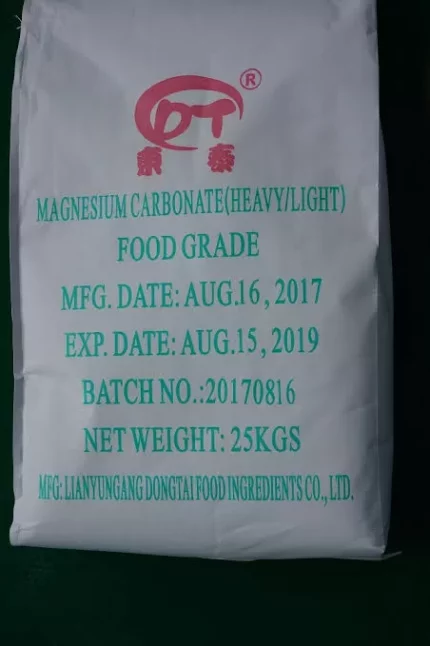
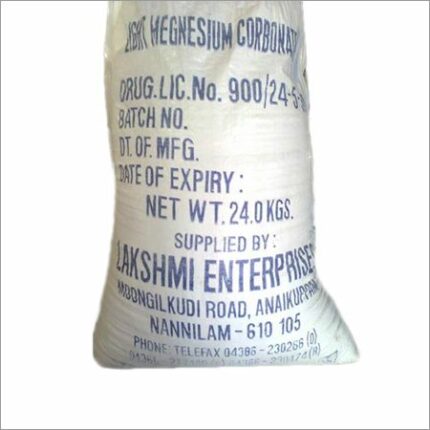
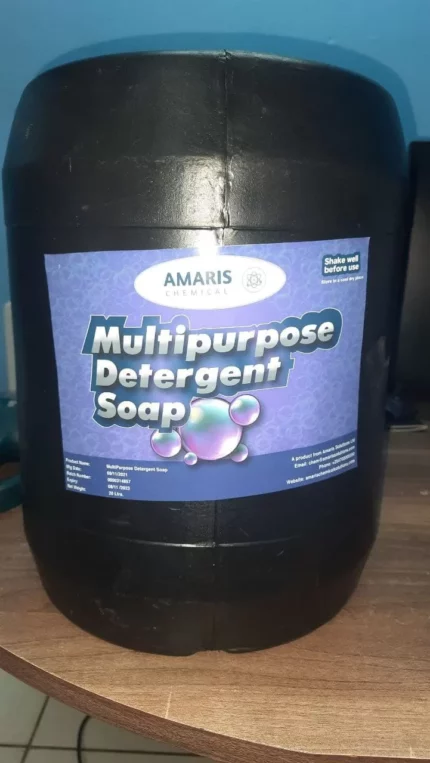
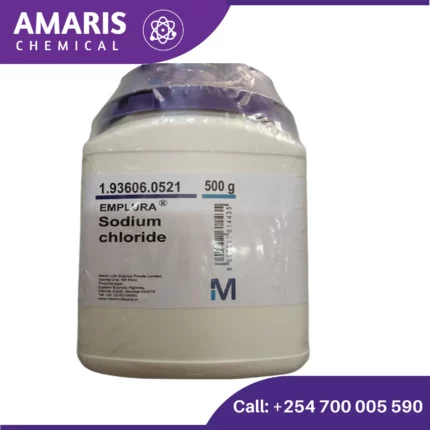
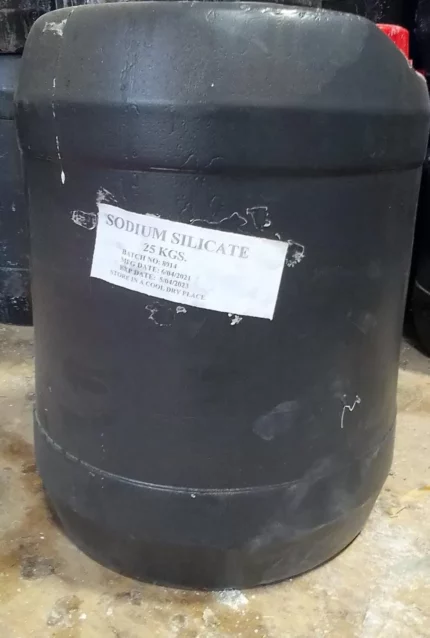
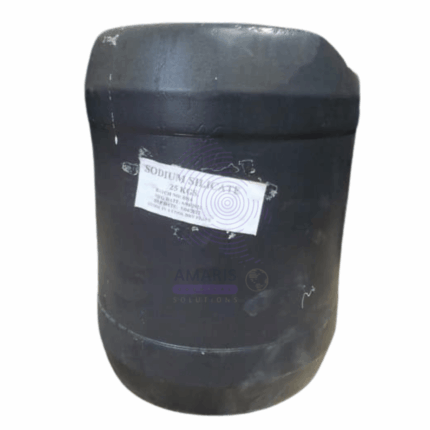

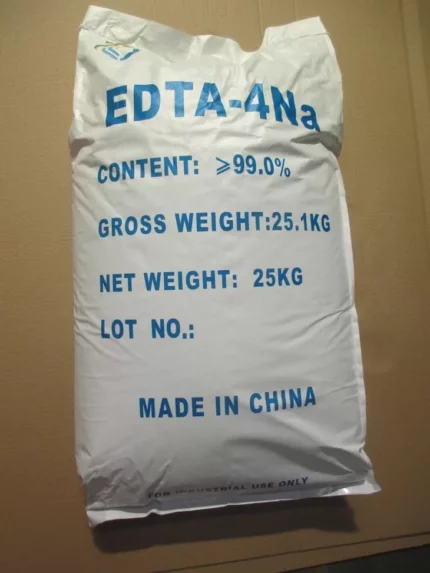
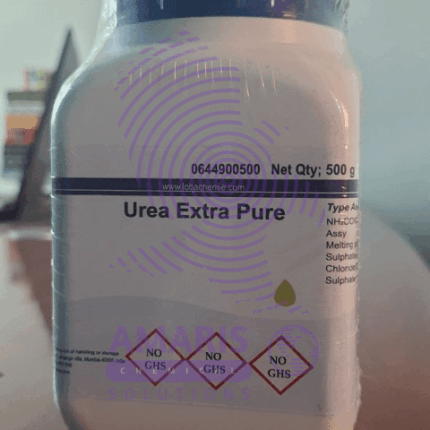







Reviews
There are no reviews yet.